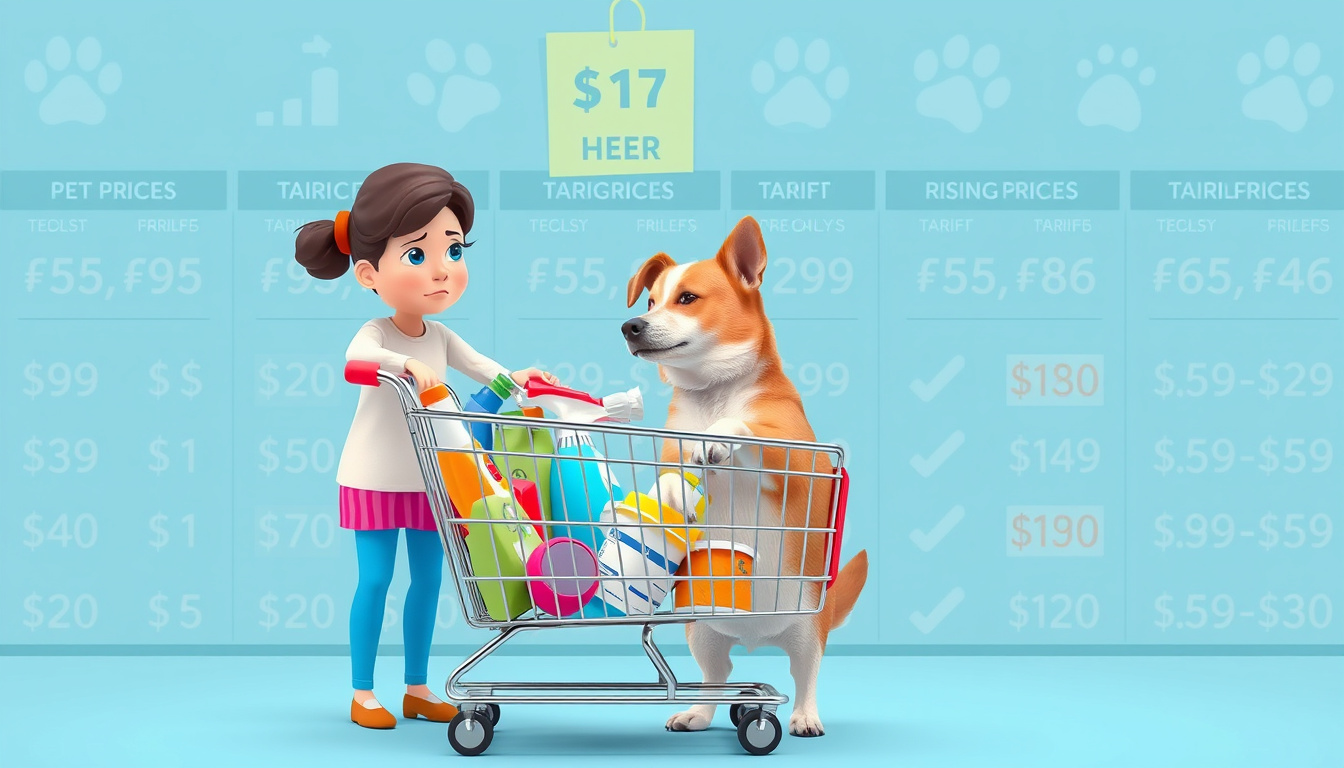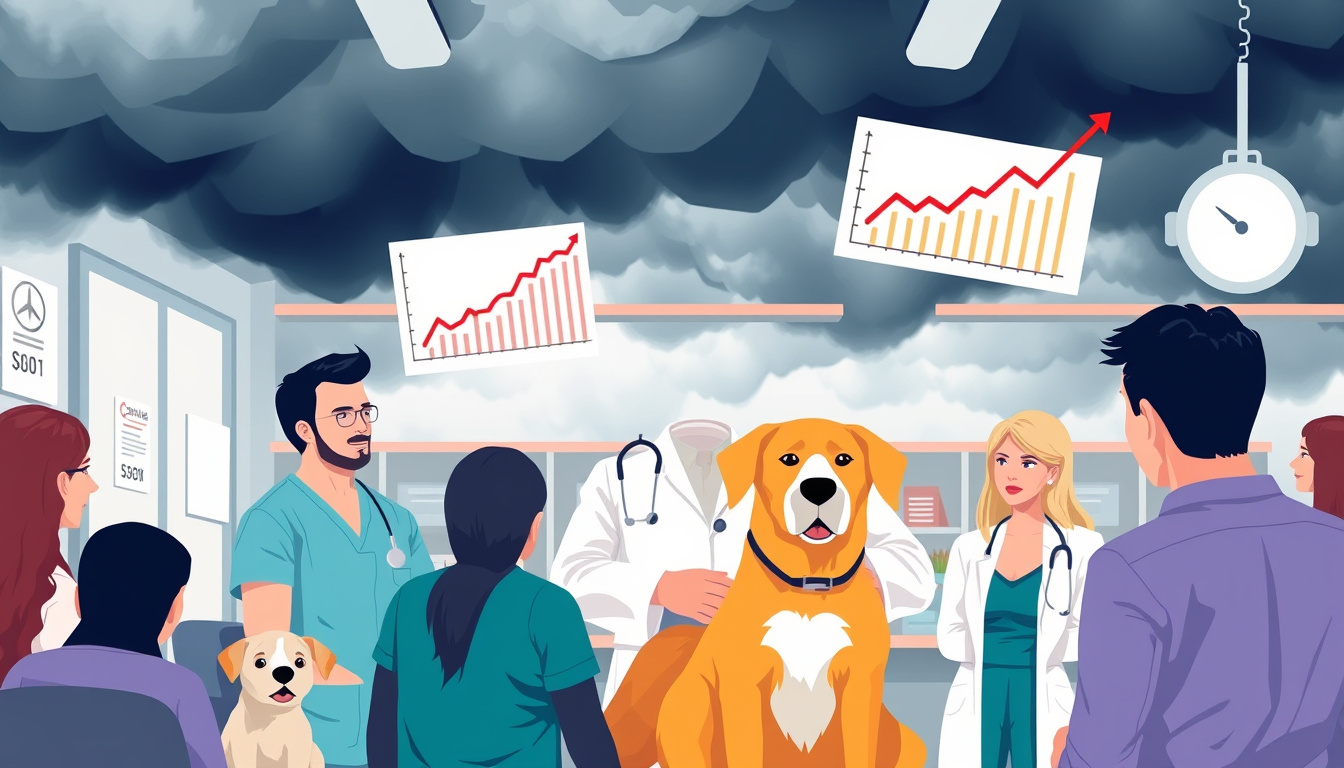
Since Pet Simulator launched on August 4, 2018, the game captured millions of players. The original game earned 1.1 billion visits. That clear success led to Pet Simulator 2. It debuted on December 1, 2019. Today, its fame is lower, but its role remains vital. This article shows how Pet Simulator 2 changed the series. We focus on its fresh ideas, challenges faced, and lasting mark.
A Promising Start
Pet Simulator 2 came with strong hopes. The game built on the past win of its first version. Players expected better play and design. Developers promised a richer experience. The sequel offered new graphics, improved models, and a fresh map. These features thrilled fans. New and returning players enjoyed its lively world.
Design Innovations
Pet Simulator 2 changed pet design. It introduced clear, crisp models. These models still show up in Pet Simulator 99. The cat model, for example, set a high standard. This quality remains well known. The game also reworked its map design. The updated map gave players a closer, more immersive space to explore.
Gameplay Challenges
Pet Simulator 2 faced several play problems. In two months, the game had only four updates. Each update added one new world. Many players thought the content felt shallow. Long waits and brief new areas hurt the fun.
The game used cannons for area changes. Their short sequences felt tedious and blocked exploration. The system for gathering resources was also a pain. Players had to manually collect rewards from broken items. This lessened the overall enjoyment.
The VIP Membership Issues
Pet Simulator 2 set up a VIP plan that hid features like trading behind a paywall. Many players felt left out. They believed key parts of the game should stay free. Even with free upgrades available, locking major elements hurt community building.
The Legacy of Pet Simulator 2
Pet Simulator 2 helped Big Games, the studio, to learn fast. The feedback from the sequel taught them new lessons. They used that feedback for future titles like Pet Simulator X. Players’ responses to fun and frustration shaped new ideas.
Ideas such as the golden and rainbow pet machines came from Pet Simulator 2. Pet Simulator X then mixed the best parts of both games. It offered a stronger structure, engaging features, and a closer focus on the player. This mix helped avoid the old game’s pitfalls.
Conclusion
Pet Simulator 2 was brief yet important. Its issues and wins set a new course for the series. Its pet designs and gameplay ideas mark the franchise today. The game shows that even a flawed venture can help growth. Fans remember its impact and feel its spirit live on. Pet Simulator 2 sparked a new era that inspires Pet Simulator even now.
contact us @mindfulaimedia@gmail.com






